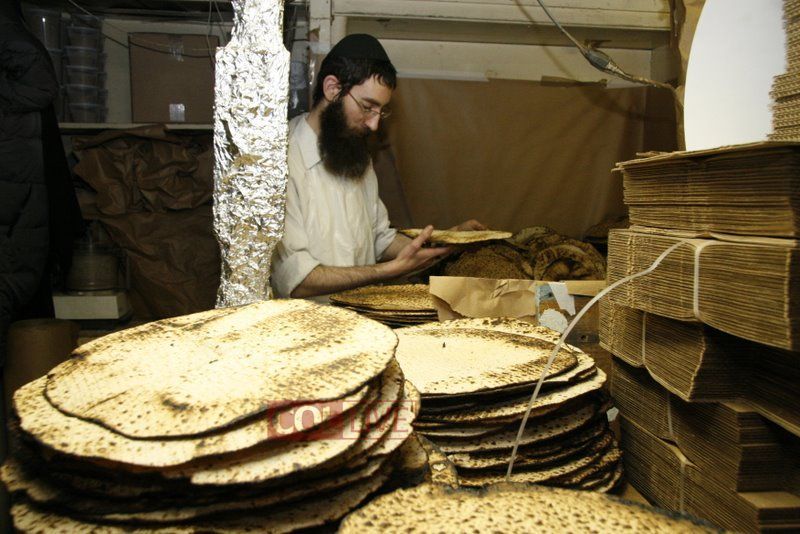BilliardsBall
Veteran Member
I have some questions for those people - which I gather are mostly evangelical Christians - that believe that matzah (AKA unleavened bread), eaten by Jews on Passover, symbolizes Jesus. From what I understand, the puncture holes in the bread symbolizes Jesus's puncture wounds. The lack of yeast symbolizes his perfection. The lines symbolize Jesus having been whipped before the crucifixion.
As such, I was wondering:
1. What do round matzah symbolize?
2. What do square ones?
3. Why are there no triangular matzah - would this not be most symbolic of the trinity?
4. What is the significance of the matzah-making process from kneading to finished product being only up to 18 minutes?
5. Why isn't sugar added to the matzah? How about salt?
Edit: This is not about the communion wafer.
Thank you.
Okay. Please explain why there are puncture holes and lines.

